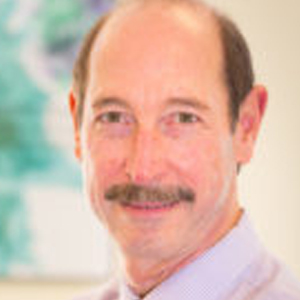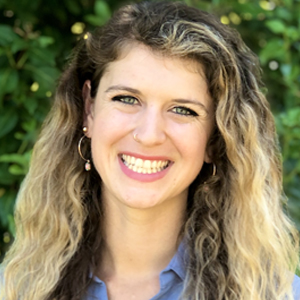It’s what’s on the outside that counts
In the same way that how people dress can help us identify or recognize them, what cells wear on the outside allows our immune response to recognize them as cancerous or not.
To develop cancer therapies, Victor H. Engelhard, a professor of microbiology, immunology and cancer biology at the University of Virginia School of Medicine, is working toward understanding what cancer cell antigens are recognized naturally by T cells.

Engelhard was one of Rice University’s first graduates in biochemistry, a brand-new major in the 1970s. Although he started off as an undergraduate interested in computer science, when he “hit a wall with mathematics,” his interest in chemistry ultimately won out. The head of the biochemistry department at Rice encouraged him to attend the University of Illinois for graduate school, where he focused on adenylate cyclase. He then completed a postdoctoral fellowship focused on major histocompatibility complex, or MHC, molecules at Harvard. These molecules display proteolyzed bits of intracellular proteins on the surface of cells for T-cell recognition, and they have been central to Engelhard’s research ever since his postdoc.
Engelhard’s journey into and through scientific research is “not so much focused on the ‘ah-ha’ moments,” he said, but instead is about “always looking out for opportunities and taking the interesting ones.”
And it’s not enough to identify intriguing questions and opportunities, he said. “My view of science is to follow what’s interesting, but also you have to look for people you can work with who bring a distinct perspective.”
Diversity of expertise and experience promotes a culture of collaborators who learn from each other and push projects in new and exciting ways, he said.
With this mindset, Engelhard has established essential collaborations that have resulted in the development of technology that allows researchers to sift through complex peptide mixtures using mass spectrometry and has demonstrated that there are T cells in melanoma patients that can recognize melanoma cells.
Identifying unique cancer cell antigens
Cells can display hundreds of thousands of different antigens produced from breaking down proteins inside the cell, about 8-15 amino acids long, that are presented by MHC molecules. Because cancer cells frequently dysregulate kinases and phosphatases, specific post-translational modifications like phosphorylation could provide a marker for our immune system to recognize a tumor, which could lead to new therapeutics such as a vaccine or recombinantly expressed T cells. Recently, Victor Engelhard’s team has found that some antigens displayed on cancer cells are phosphorylated, but the same antigens in noncancerous cells are not as commonly phosphorylated.
Given the breakthrough of being able to identify cancer-specific antigens, the biggest challenges include understanding which are most important for tumor survival and understanding how these phosphorylations are utilized by cancerous cells. Further complications arise from the fact that although these modifications are more present in tumors, they also may be present in lower concentrations in healthy cells, which could result in immune-related adverse effects. Engelhard and collaborators hope to work toward overcoming these challenges to achieve the goal of developing PTM-based cancer therapies.
Engelhard's talk will take place on Monday, April 4. Click here for more information.
Enjoy reading ASBMB Today?
Become a member to receive the print edition four times a year and the digital edition monthly.
Learn moreGet the latest from ASBMB Today
Enter your email address, and we’ll send you a weekly email with recent articles, interviews and more.
Latest in People
People highlights or most popular articles

In memoriam: Michael J. Chamberlin
He discovered RNA polymerase and was an ASBMB member for nearly 60 years.

Building the blueprint to block HIV
Wesley Sundquist will present his work on the HIV capsid and revolutionary drug, Lenacapavir, at the ASBMB Annual Meeting, March 7–10, in Maryland.

In memoriam: Alan G. Goodridge
He made pioneering discoveries on lipid metabolism and was an ASBMB member since 1971.

Alrubaye wins research and teaching awards
He was honored at the NACTA 2025 conference for the Educator Award and at the U of A State and National Awards reception for the Faculty Gold Medal.

Designing life’s building blocks with AI
Tanja Kortemme, a professor at the University of California, San Francisco, will discuss her research using computational biology to engineer proteins at the 2026 ASBMB Annual Meeting.

Jordahl named Gilliam Fellow
He will receive three years of funding to support his thesis research.

